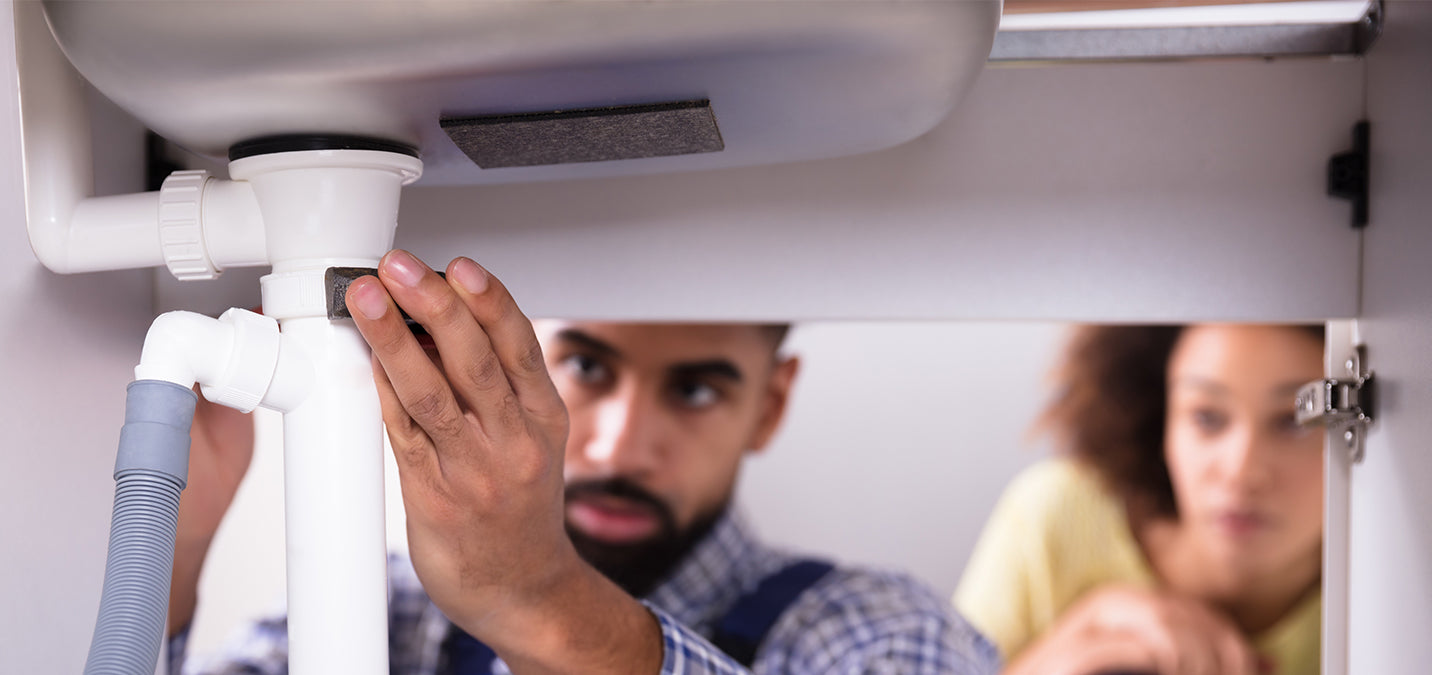

Articles
What Is A Plumbing Air Gap
Modified: December 7, 2023
Learn all about plumbing air gaps with our informative articles. Find out what they are, how they work, and why they are essential for your plumbing system.
(Many of the links in this article redirect to a specific reviewed product. Your purchase of these products through affiliate links helps to generate commission for Storables.com, at no extra cost. Learn more)
Introduction
Welcome to our comprehensive guide on plumbing air gaps. In this article, we will explore what a plumbing air gap is, its purpose, how it works, and its benefits. We will also discuss common applications, regulations and codes related to plumbing air gaps, maintenance and cleaning, as well as troubleshooting tips. Whether you are a homeowner, plumber, or simply curious about plumbing systems, this article will provide you with valuable insights.
Definition of Plumbing Air Gap
A plumbing air gap is a physical separation between the water supply and the receiving unit or drainage system. It is implemented to prevent backflow of contaminated water into the potable water supply. The gap is typically created by placing an inverted U-shaped pipe or device between the water outlet and the receiving unit. This configuration ensures that there is no direct connection or cross-contamination between the two systems.
Purpose of a Plumbing Air Gap
The primary purpose of a plumbing air gap is to protect the potable water supply from contamination. By creating a physical barrier between the water source and the receiving unit or drainage system, it prevents any potential backflow of contaminated water. This can include pollutants, chemicals, bacteria, or other harmful substances that may be present in the receiving unit or drainage system. The presence of a plumbing air gap helps maintain the quality and safety of the water supply, ensuring it remains free from any potential health hazards.
Key Takeaways:
- Plumbing air gaps are essential for preventing backflow and protecting the potable water supply from contamination. Their reliability, simplicity, and compliance with regulations make them a crucial component of plumbing systems.
- Regular maintenance, adherence to regulations, and troubleshooting when needed are vital for ensuring the effective operation of plumbing air gaps. By understanding their importance and following guidelines, we contribute to a safer and healthier water supply.
Read more: What Is An Air Gap Faucet
Definition of Plumbing Air Gap
A plumbing air gap is a crucial component in plumbing systems that helps prevent backflow of contaminated water into the potable water supply. It is a physical separation between the water outlet and the receiving unit or drainage system, typically created using an inverted U-shaped pipe or device. This configuration ensures that there is no direct connection or cross-contamination between the two systems.
The concept of an air gap is based on the principle of creating a break in the water supply line, allowing air to flow freely. This break, in the form of an elevated pipe or fitting, acts as a barrier that prevents any contaminated water from flowing back into the clean water supply. The distance between the water outlet and the highest point of the pipe or fitting determines the effectiveness of the air gap.
The use of an air gap is essential in situations where there is a potential risk of contamination. For example, in plumbing systems connected to wastewater drainage systems, such as sinks, dishwashers, or washing machines, an air gap is required to prevent any wastewater from flowing back into the potable water supply.
An air gap can also be found in other plumbing applications, such as in water softeners or reverse osmosis systems. These systems employ an air gap to separate the treated water from the incoming water supply, ensuring that any contaminants or impurities are not introduced back into the clean water stream.
It is important to note that a plumbing air gap is different from an air admittance valve (AAV). While both serve the purpose of preventing backflow, an AAV is a one-way valve that allows air to enter the plumbing system and equalize pressure, eliminating the need for an external air gap. However, specific plumbing codes and regulations may dictate when an AAV can be used as an alternative to a traditional air gap.
In summary, a plumbing air gap is a physical separation that prevents the backflow of contaminated water into the potable water supply. Its design and implementation depend on the specific plumbing system and its intended application. By creating a break in the water supply line and allowing air to freely flow, an air gap provides an effective barrier against cross-contamination, ensuring the safety and quality of the water we use.
Purpose of a Plumbing Air Gap
The primary purpose of a plumbing air gap is to protect the potable water supply from contamination. By creating a physical barrier between the water source and the receiving unit or drainage system, it prevents any potential backflow of contaminated water. This can include pollutants, chemicals, bacteria, or other harmful substances that may be present in the receiving unit or drainage system.
One of the key advantages of a plumbing air gap is its ability to provide a reliable and effective means of preventing backflow. Unlike other backflow prevention devices, such as check valves, which may fail or become compromised over time, an air gap is a passive and mechanical solution that doesn’t rely on any external factors or moving parts.
Another crucial purpose of a plumbing air gap is to comply with plumbing codes and regulations. In many jurisdictions, the installation of an air gap is mandatory in certain plumbing applications, such as in commercial kitchens, food processing facilities, or medical facilities, where the risk of water contamination is high. Adhering to these regulations helps ensure the safety and well-being of individuals who rely on clean water for drinking, cooking, or other essential purposes.
In addition to protecting the water supply, a plumbing air gap also helps prevent potential damage to receiving units or drainage systems. By maintaining a physical separation, it reduces the risk of harmful substances or debris entering and causing blockages, clogs, or malfunctions in appliances, fixtures, or pipes. This not only extends the lifespan of these components but also reduces the need for costly repairs or replacements in the long run.
Furthermore, a plumbing air gap contributes to overall environmental health. By preventing cross-contamination between wastewater and potable water, it helps maintain the cleanliness and integrity of ecosystems. This is particularly important in areas where water sources are limited or susceptible to pollution.
Overall, the purpose of a plumbing air gap is twofold: to safeguard the potable water supply from contamination and to comply with plumbing codes and regulations. By acting as an effective barrier against backflow, it ensures the safety and quality of the water we use in our daily lives, while also protecting receiving units and the environment.
How Does a Plumbing Air Gap Work?
A plumbing air gap operates on the simple principle of creating a physical separation between the water outlet and the receiving unit or drainage system. By implementing an inverted U-shaped pipe or device, it ensures that there is no direct connection or cross-contamination between the two systems.
When water flows out of a plumbing fixture, it enters the air gap through the water outlet at the base of the U-shaped pipe or device. As the water rises in the vertical section of the pipe, it creates a gap between the outlet and the receiving unit or drainage system. This gap is where the air enters the system and circulates freely.
The presence of air within the air gap is crucial to its proper functioning. When the water level in the vertical section of the pipe reaches its maximum height, it is important that some space is left for air to flow into the system. This prevents the water from completely filling the pipe, creating a seal and disrupting the air gap. The air within the system allows for equalization of pressure and prevents the water from flowing back into the potable water supply.
During normal operation, the flow of water from the plumbing fixture out of the water outlet ensures that the air gap remains intact. The water flows down the vertical section of the pipe, creating a suction effect that draws air into the system. This keeps the water and the receiving unit or drainage system separate.
If there is a sudden drop in the water pressure, such as during a water supply disruption, the flow of water from the plumbing fixture may cease. In such cases, the air gap continues to provide protection by maintaining the physical separation between the water outlet and the receiving unit. As long as there is proper installation and no external factors interrupt the air gap, it serves as a reliable backflow prevention mechanism.
It is important to note that the effectiveness of a plumbing air gap depends on its design and installation. The height and configuration of the U-shaped pipe or device must comply with local plumbing codes and regulations to ensure adequate protection against backflow. Consulting a professional plumber or following specific guidelines is crucial to ensure proper implementation.
In summary, a plumbing air gap works by creating a physical separation and allowing air to circulate between the water outlet and the receiving unit or drainage system. By maintaining this separation, it prevents backflow and protects the potable water supply from contamination. Proper installation and adherence to plumbing codes are essential for the air gap to function effectively.
Benefits of Using a Plumbing Air Gap
Using a plumbing air gap offers several important benefits, primarily focused on protecting the potable water supply and ensuring the safety and well-being of individuals. Let’s explore some of the key advantages:
- Backflow Prevention: The primary benefit of a plumbing air gap is its ability to prevent backflow of contaminated water into the potable water supply. By creating a physical separation between the water outlet and the receiving unit or drainage system, it ensures that there is no direct connection or cross-contamination. This protects the quality and safety of the water we use.
- Reliability: Unlike other backflow prevention devices, such as check valves, which may fail or become compromised over time, a plumbing air gap is a passive and mechanical solution that doesn’t rely on any external factors or moving parts. It offers a reliable and durable method of backflow prevention.
- Compliance with Regulations: Many jurisdictions have specific plumbing codes and regulations in place that require the installation of an air gap in certain plumbing applications. By using a plumbing air gap, you ensure compliance with these regulations, which is essential for the safety and well-being of individuals who rely on clean water.
- Prevention of Contamination: The use of a plumbing air gap helps prevent contamination of the potable water supply. It acts as a barrier against pollutants, chemicals, bacteria, or other harmful substances that may be present in the receiving unit or drainage system. This ensures that the water we consume or use for various purposes remains safe and free from any potential health hazards.
- Protection of Receiving Units and Drainage Systems: By maintaining a physical separation, a plumbing air gap reduces the risk of harmful substances or debris entering and causing blockages, clogs, or malfunctions in appliances, fixtures, or pipes. This extends the lifespan of these components and reduces the need for costly repairs or replacements.
- Environmental Preservation: A plumbing air gap also contributes to the preservation of the environment. By preventing cross-contamination between wastewater and potable water, it helps maintain the cleanliness and integrity of ecosystems. This is particularly significant in areas where water sources are limited or susceptible to pollution.
Overall, the benefits of using a plumbing air gap are centered around protecting the potable water supply, complying with regulations, preventing contamination, preserving receiving units, and safeguarding the environment. It is an effective and reliable solution for maintaining the safety and quality of our water systems.
When installing a plumbing air gap, make sure it is positioned higher than the sink and any connected appliances to prevent backflow of contaminated water. Regularly clean and maintain the air gap to ensure it functions properly.
Read more: What Is Air Lock In Plumbing
Common Applications of Plumbing Air Gaps
A plumbing air gap is utilized in various plumbing applications to prevent backflow and protect the potable water supply. Let’s explore some of the common applications where you can find plumbing air gaps:
- Kitchen Sinks: In residential and commercial kitchens, one of the primary uses of plumbing air gaps is with kitchen sinks. This ensures that any wastewater or contaminants from the sink drainage system do not flow back into the clean water supply.
- Dishwashers: Dishwashers are another common appliance that require a plumbing air gap. The air gap prevents dirty water from the dishwasher from mixing with the potable water supply, protecting against potential contamination.
- Washing Machines: Just like dishwashers, washing machines are connected to the plumbing system and require a plumbing air gap. The air gap prevents any wastewater or contaminants from the washing machine from seeping back into the clean water supply.
- Water Softeners and Reverse Osmosis Systems: In water treatment systems, such as water softeners or reverse osmosis systems, a plumbing air gap is often installed to create a separation between the treated water and the incoming water supply. This helps prevent any contaminants or impurities from entering back into the treated water.
- Commercial Facilities: Plumbing air gaps are commonly found in commercial facilities that deal with food processing or healthcare services. These facilities have strict regulations and codes that require the use of air gaps to prevent contamination and ensure the safety of the water supply.
- Laboratories: Laboratories that handle chemicals or hazardous substances often require plumbing air gaps to prevent these substances from entering the potable water supply. This safeguards the integrity of experiments and protects against accidental contamination.
- Medical Facilities: In medical facilities, plumbing air gaps are essential to prevent the backflow of potentially contaminated water in areas such as surgical sinks, dental chairs, and laboratory sinks. This ensures the safety and well-being of patients and medical professionals.
These are just a few examples of the common applications of plumbing air gaps. The specific requirements and regulations may vary depending on the local plumbing codes and the nature of the establishment. It is crucial to consult with a professional plumber or adhere to specific guidelines to ensure proper installation and compliance with regulations.
By incorporating plumbing air gaps in these applications, we can ensure the protection of the potable water supply and maintain the safety and quality of the water we use in our everyday lives.
Regulations and Codes Related to Plumbing Air Gaps
Plumbing air gaps are subject to regulations and codes to ensure their proper installation and functionality. These regulations aim to maintain the safety and integrity of the potable water supply. Let’s explore some of the key regulations and codes related to plumbing air gaps:
- Local Plumbing Codes: Different countries, states, or municipalities have their own plumbing codes that govern the installation and use of plumbing air gaps. These codes specify the requirements for air gap height, configuration, and placement for various applications. It is important to consult the specific plumbing codes in your area to ensure compliance.
- International Plumbing Code (IPC): The International Plumbing Code is a widely recognized plumbing code used in many jurisdictions around the world. It provides guidelines and standards for plumbing systems, including regulations related to backflow prevention and the use of plumbing air gaps. The IPC outlines the requirements for air gap installations to ensure the protection of the potable water supply.
- Health Department Regulations: Health departments and regulatory agencies often have specific regulations related to plumbing air gaps, especially in facilities such as commercial kitchens, food processing plants, and medical facilities. These regulations are designed to protect public health and safety by preventing cross-contamination and ensuring the quality of the water supply.
- Building Codes: Building codes may include provisions regarding plumbing air gaps as part of overall plumbing system requirements. These codes ensure that buildings are constructed and equipped with proper plumbing systems that adhere to safety standards and prevent potential water contamination issues.
- Manufacturer Recommendations: Plumbing product manufacturers may provide specific recommendations for the installation and use of their products, including plumbing air gaps. These recommendations should be followed to ensure proper functioning and compliance with any warranty requirements.
It is important to note that regulations and codes related to plumbing air gaps may vary depending on the specific application and jurisdiction. To ensure compliance, it is recommended to consult with a licensed plumber or plumbing professional who is familiar with the local codes and regulations.
By adhering to the appropriate regulations and codes, we can ensure that plumbing air gaps are installed correctly, providing effective backflow prevention and maintaining the safety and quality of our potable water supply.
Maintenance and Cleaning of Plumbing Air Gaps
Maintaining and cleaning plumbing air gaps is essential to ensure their effective operation and prevent any potential issues with backflow or contamination. Here are some important guidelines for the maintenance and cleaning of plumbing air gaps:
- Regular Inspections: It is recommended to inspect the plumbing air gap periodically to check for any signs of damage, blockage, or deterioration. Look for any visible cracks, leaks, or obstructions in the air gap device or pipe. Addressing these issues promptly can prevent potential backflow problems.
- Cleaning Debris: Over time, debris such as dirt, food particles, or soap residue can accumulate in the plumbing air gap and hinder its proper functioning. Clean the air gap regularly by removing any visible debris. Use a small brush or toothbrush to gently scrub away any build-up, and rinse it with clean water.
- Unclogging Blockages: If you notice that the water is not flowing smoothly through the plumbing air gap or observe a foul odor, there may be a blockage. Use a thin, long object like a pipe cleaner or a small brush to clear any clogs in the air gap device or pipe. Be cautious not to damage the components while unclogging.
- Sanitizing the Air Gap: To ensure the cleanliness and hygiene of the plumbing air gap, it is advisable to sanitize it regularly. Use a solution of water and mild detergent or a non-toxic disinfectant to clean the air gap thoroughly. Rinse it with clean water afterward to remove any residue. Note that harsh or abrasive cleaners should be avoided, as they may damage the components.
- Replacing Damaged Components: If any part of the plumbing air gap, such as the device or pipe, is cracked, broken, or no longer functioning properly, it should be replaced immediately. Damaged components can compromise the effectiveness of the air gap and increase the risk of backflow. Contact a licensed plumber to assess the situation and install a replacement if necessary.
- Professional Inspection: It is recommended to have a professional plumber inspect the plumbing air gap periodically, especially in commercial settings or applications where the risk of contamination is higher. A plumber can conduct a thorough assessment, identify any potential issues, and ensure that the air gap meets the necessary regulations and codes.
By following these maintenance and cleaning practices, you can ensure that the plumbing air gap remains in optimal condition, effectively prevents backflow, and maintains the integrity of the potable water supply.
Troubleshooting Plumbing Air Gaps
While plumbing air gaps are designed to prevent backflow and protect the potable water supply, occasional issues may arise that require troubleshooting. Here are some common troubleshooting tips to address potential problems with plumbing air gaps:
- Check for Obstructions: If you notice that water is not flowing smoothly through the plumbing air gap or there is a decrease in water pressure, it could be due to obstructions. Inspect the air gap device or pipe for any debris, such as food particles or sediment, and clean it thoroughly to restore proper flow.
- Ensure Proper Installation: If you recently installed a new plumbing air gap or had modifications to the plumbing system, ensure that the air gap has been installed correctly. Verify that the air gap height and configuration comply with local plumbing codes and regulations. Improper installation can compromise the functionality of the air gap and lead to backflow issues.
- Check for Leaks: Examine the area around the plumbing air gap for any signs of leaks, such as water puddles or moisture. Leaks can weaken the effectiveness of the air gap and potentially allow backflow. If you discover a leak, tighten any loose connections or consider replacing damaged components to resolve the issue.
- Inspect the Water Outlet: If the plumbing air gap is not functioning properly, check the water outlet connected to it. Ensure that there are no blockages, restrictions, or damage that might be interfering with the water flow. Address any issues with the water outlet to restore proper functionality to the air gap.
- Consult a Professional Plumber: If you encounter persistent issues with the plumbing air gap or are unsure how to resolve a problem, it is recommended to seek assistance from a licensed plumber. A professional can thoroughly assess the situation, identify the underlying cause, and provide appropriate solutions to ensure proper backflow prevention.
- Consider Alternative Backflow Prevention Methods: If troubleshooting efforts do not resolve the issue or if a plumbing air gap is not suitable for your specific application, consult with a professional plumber to explore alternative backflow prevention devices or methods. They can recommend suitable options based on your plumbing system and local regulations.
It is important to address any troubleshooting issues with plumbing air gaps promptly to maintain the integrity and safety of the potable water supply. By following these tips and seeking professional guidance when needed, you can ensure that your plumbing air gap functions effectively and prevents any potential backflow or contamination.
Read more: How To Install Air Gap For Dishwasher
Conclusion
Plumbing air gaps play a crucial role in ensuring the safety and integrity of our potable water supply. By creating a physical separation between the water outlet and the receiving unit or drainage system, they prevent backflow and protect against potential contamination.
In this comprehensive guide, we have explored the definition and purpose of plumbing air gaps. We have learned how they work and the benefits they provide, including reliable backflow prevention and compliance with regulations. We have also discussed common applications of plumbing air gaps, such as in kitchen sinks, dishwashers, and water treatment systems.
Understanding the regulations and codes related to plumbing air gaps is important to ensure proper installation and compliance. Regular maintenance, including cleaning and inspection, is necessary to keep the air gaps functioning effectively. Troubleshooting tips can help address common issues and restore the proper operation of plumbing air gaps.
Plumbing air gaps serve as a safeguard, protecting our potable water supply from contamination and maintaining the health and well-being of individuals. Their reliability, simplicity, and durability make them an essential component of plumbing systems in residential, commercial, and industrial settings.
Remember, if you encounter any issues with your plumbing air gap or are unsure about its installation or compliance, it is advisable to consult with a professional plumber. They have the expertise to assess and address any concerns, ensuring the proper function and efficiency of your plumbing system.
By understanding the importance of plumbing air gaps and following the guidelines outlined in this guide, we can contribute to a safer, cleaner, and healthier water supply for ourselves and future generations.
Frequently Asked Questions about What Is A Plumbing Air Gap
Was this page helpful?
At Storables.com, we guarantee accurate and reliable information. Our content, validated by Expert Board Contributors, is crafted following stringent Editorial Policies. We're committed to providing you with well-researched, expert-backed insights for all your informational needs.
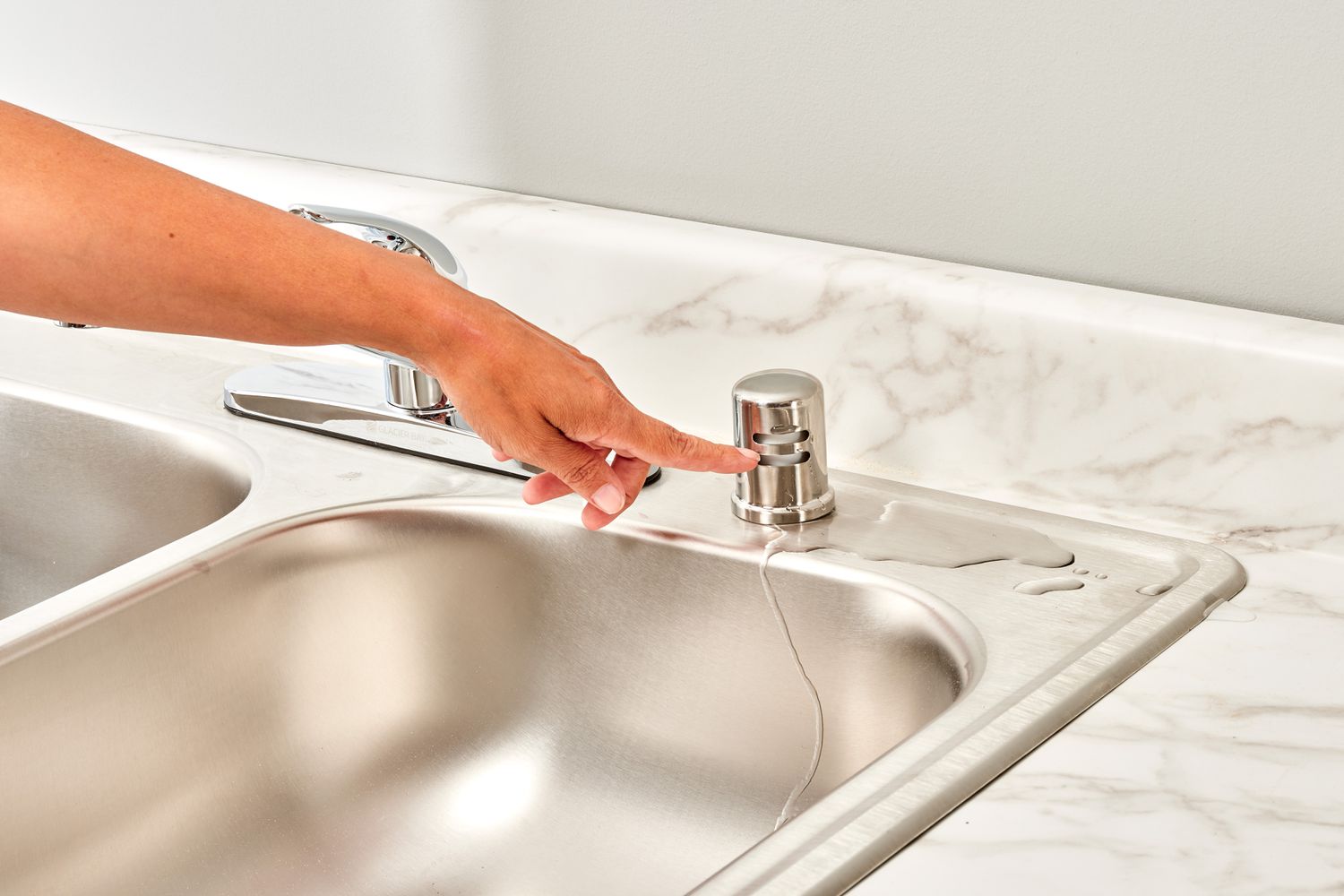
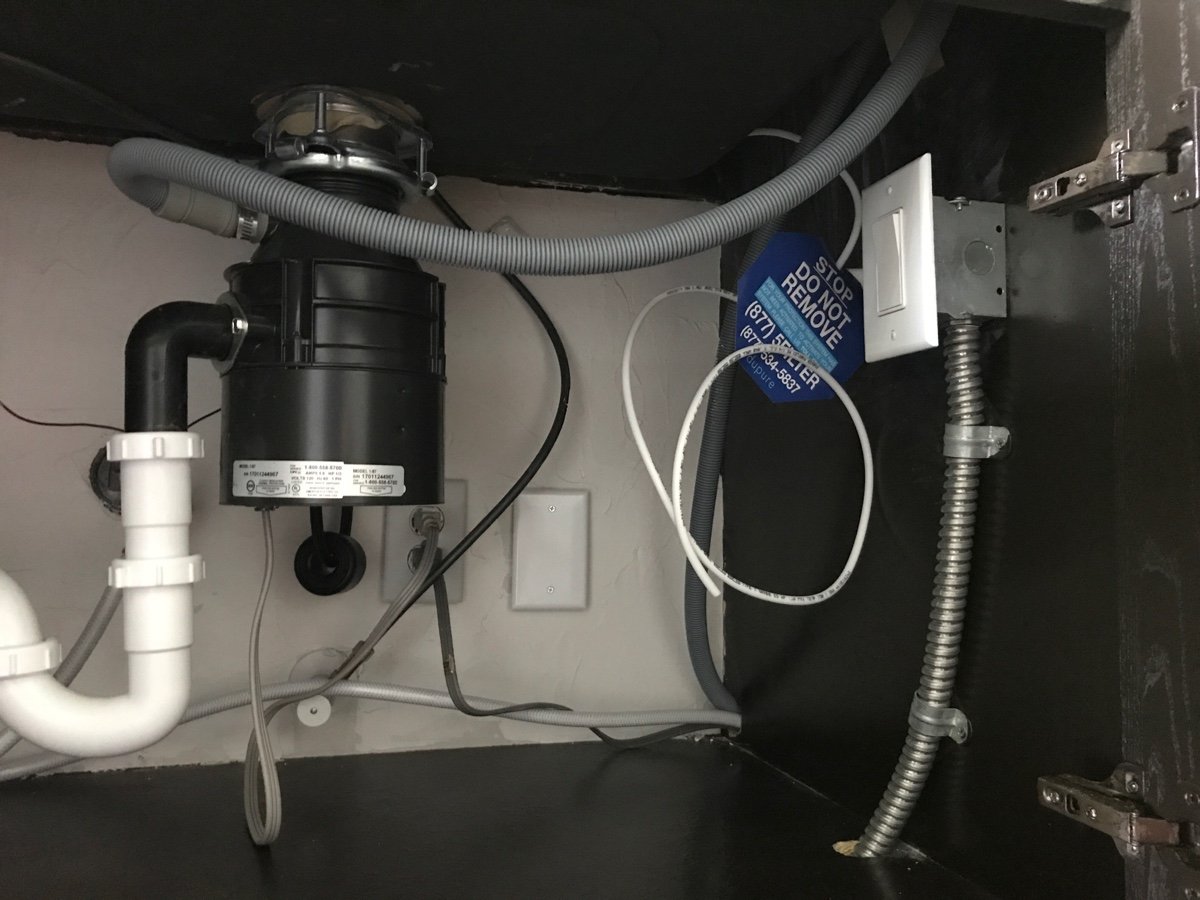
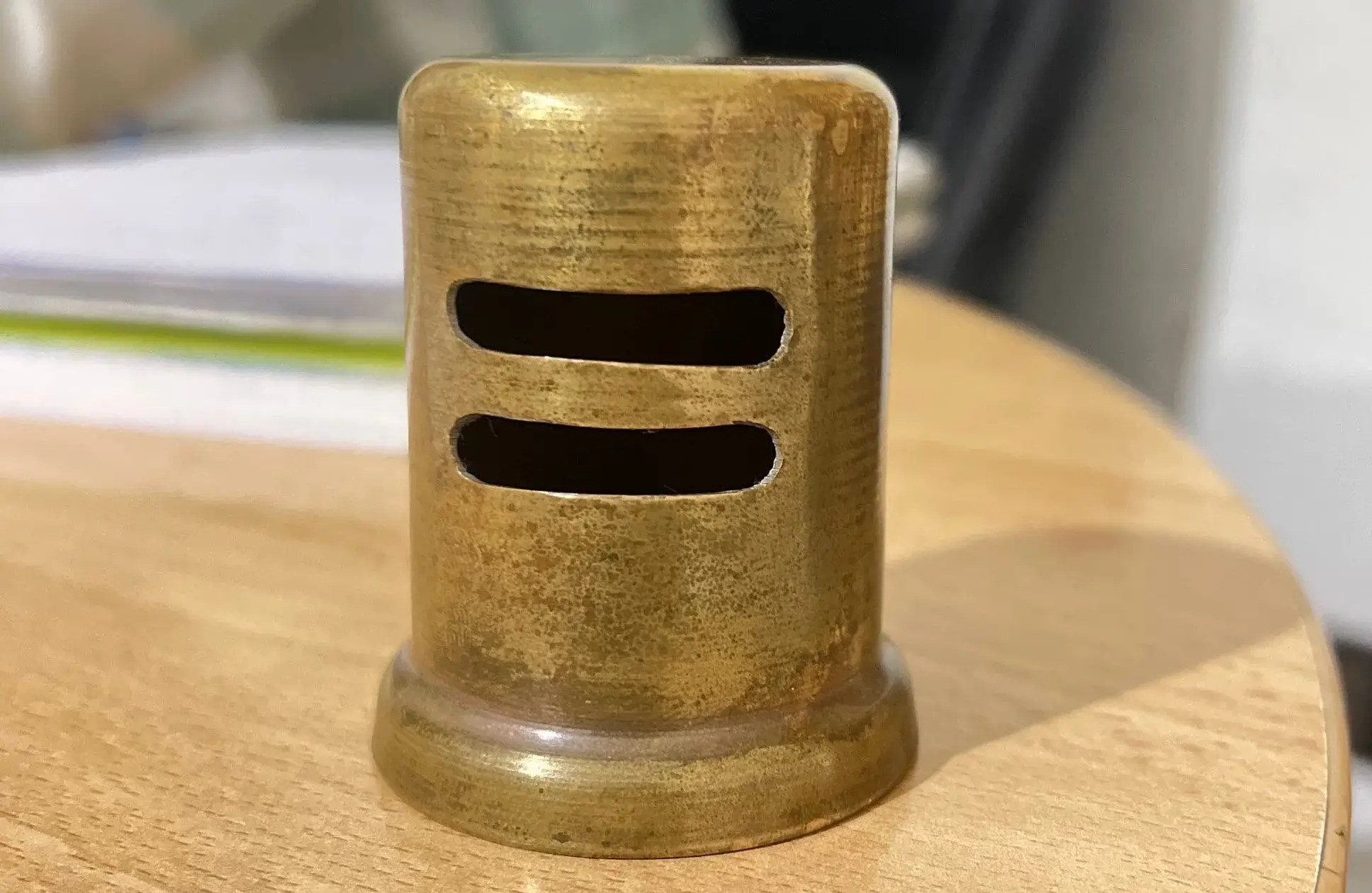
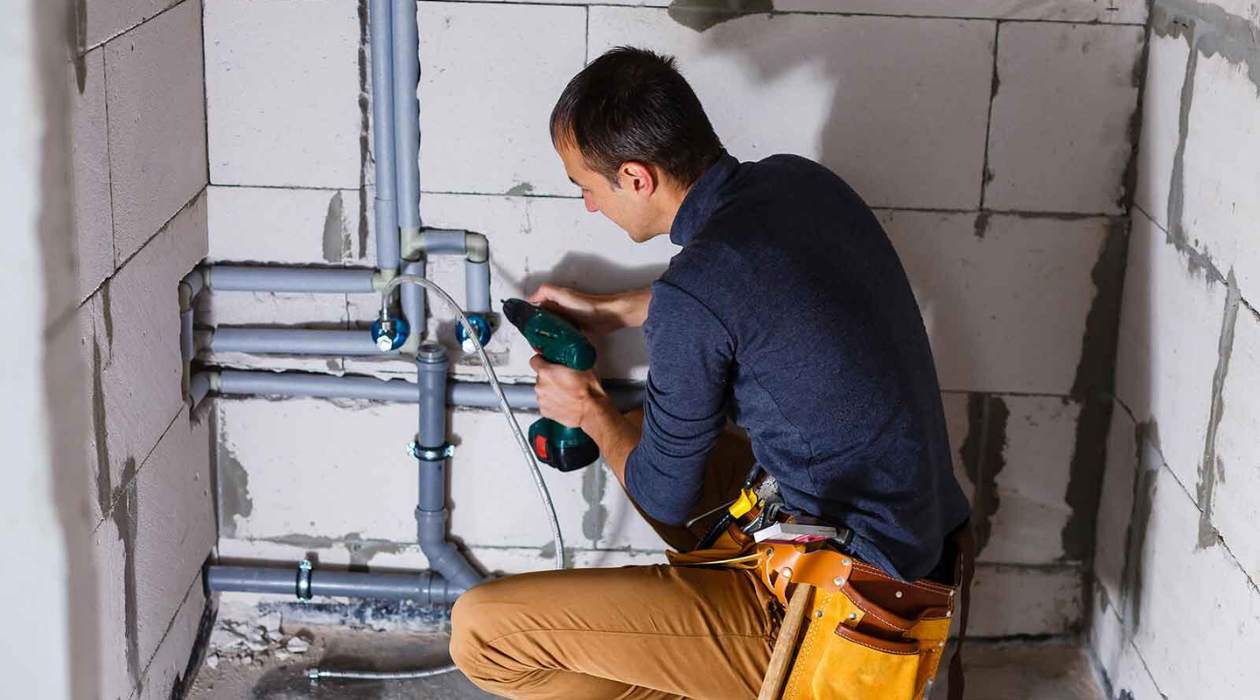
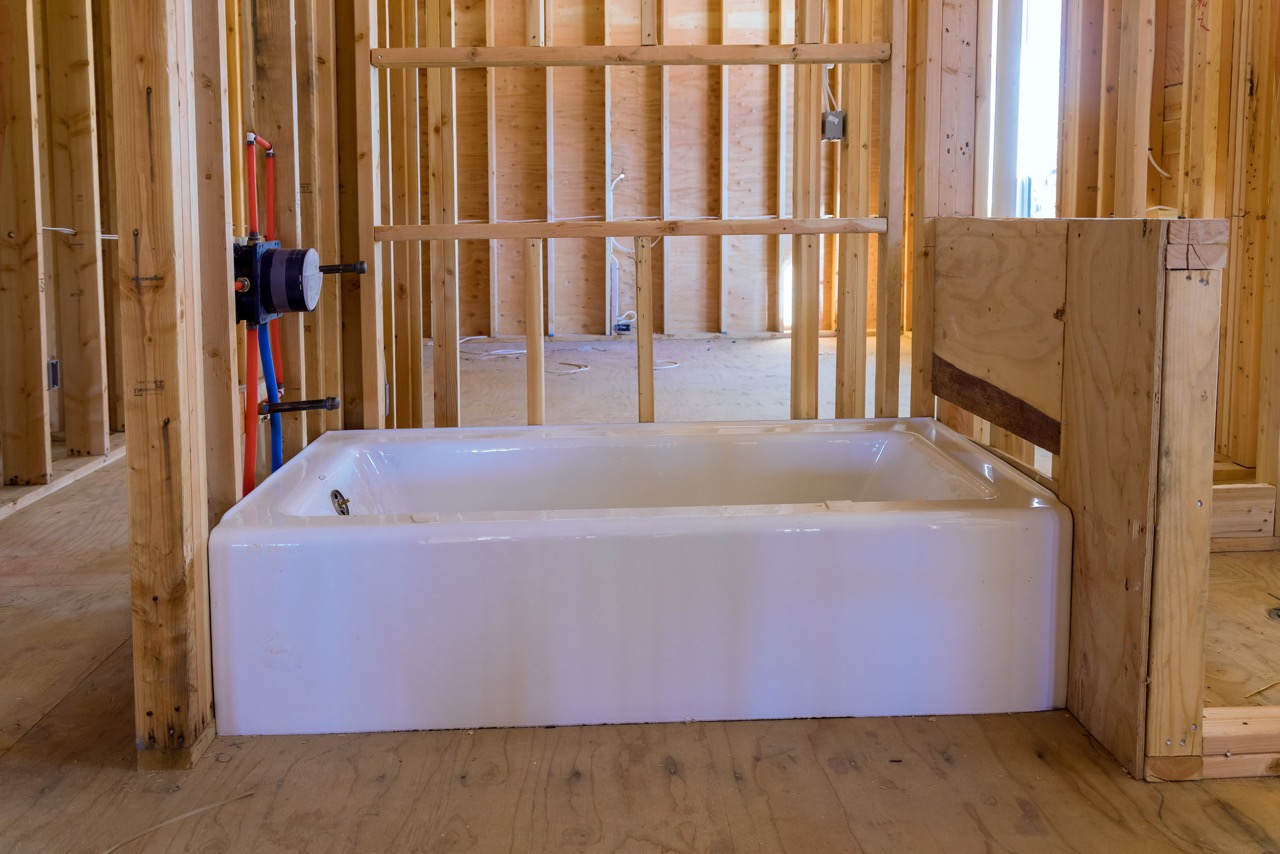
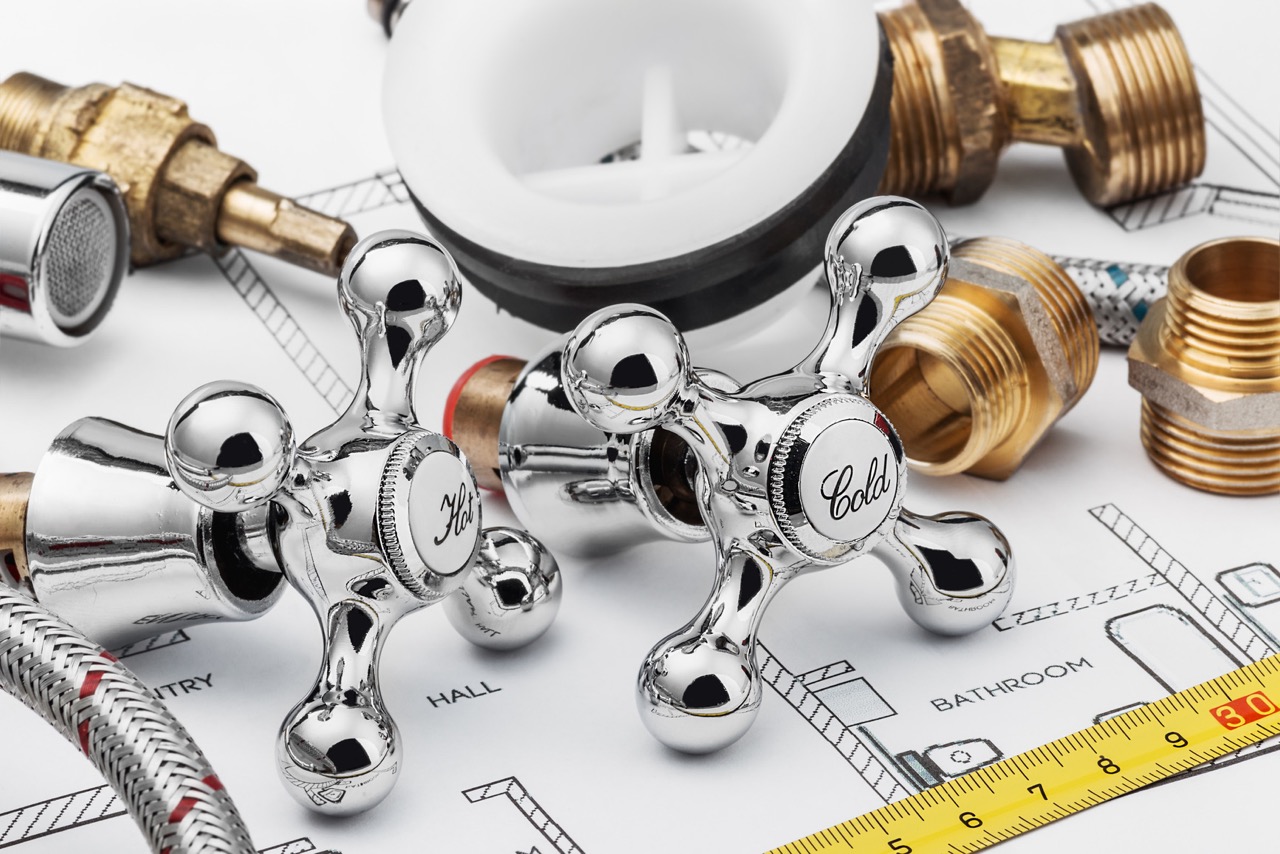
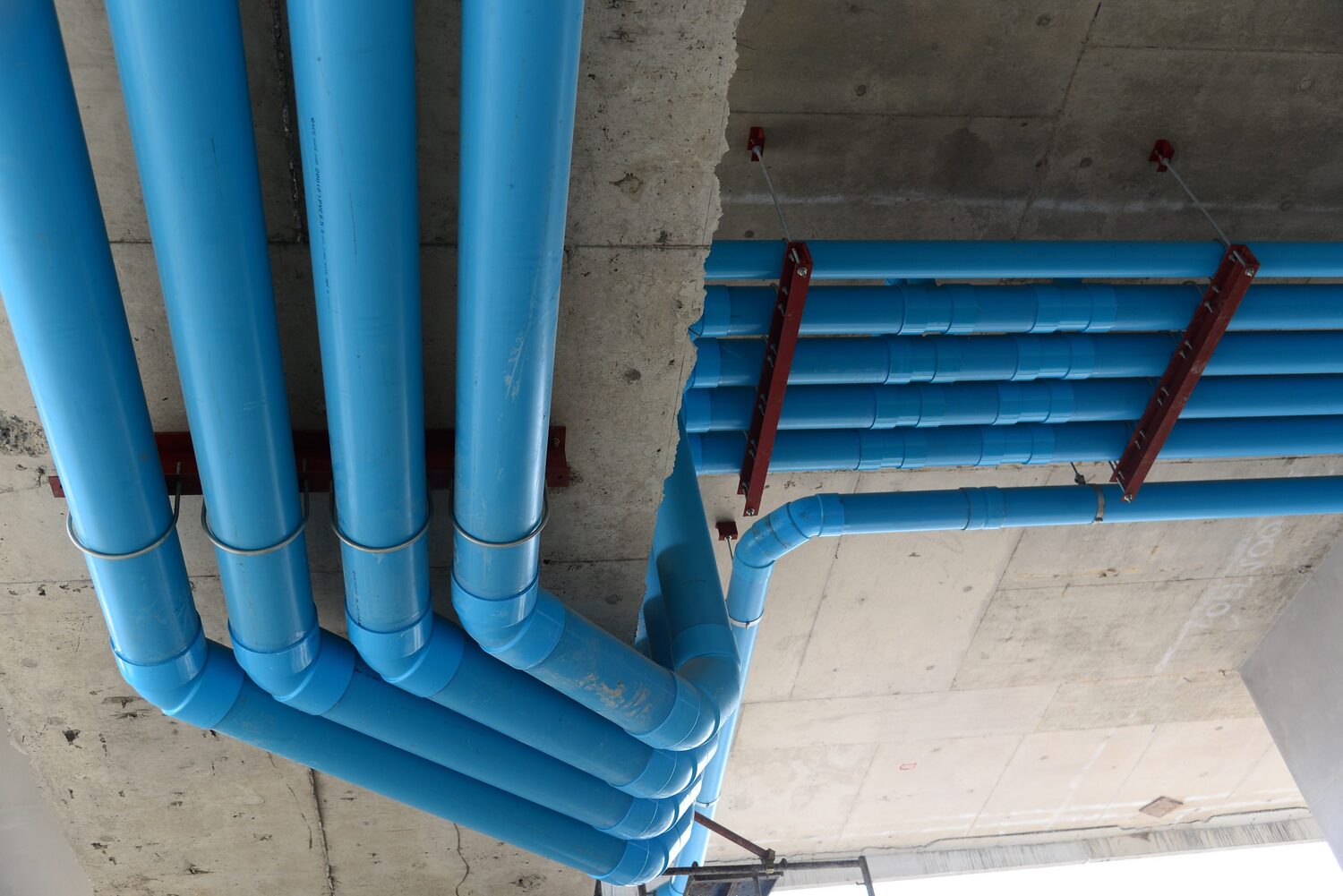
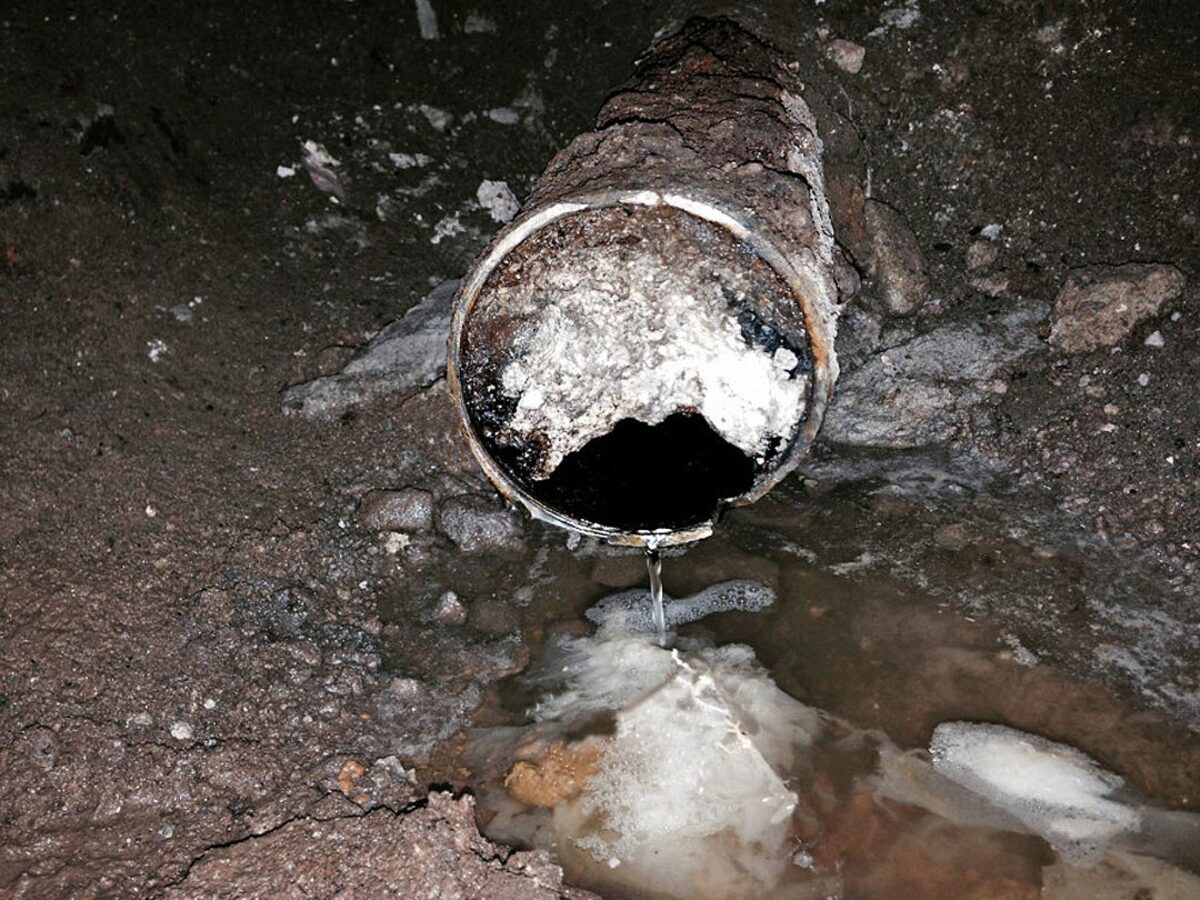
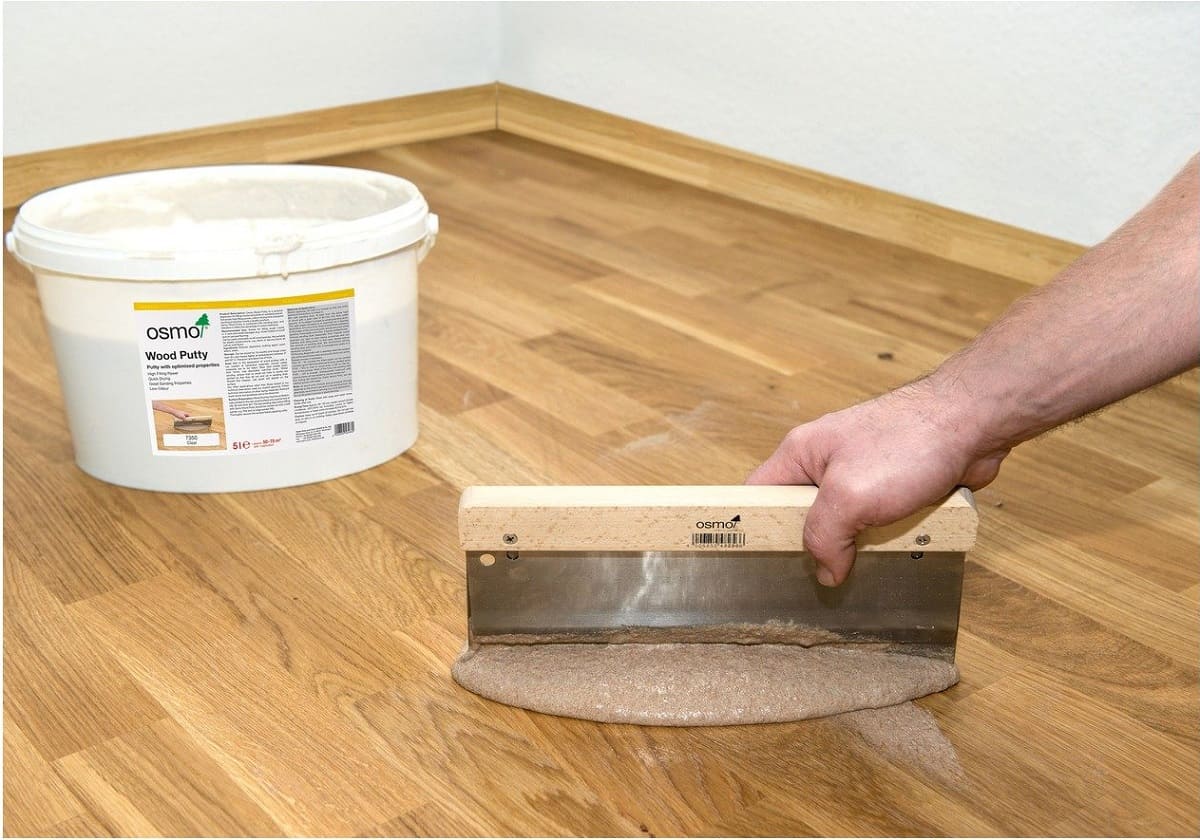
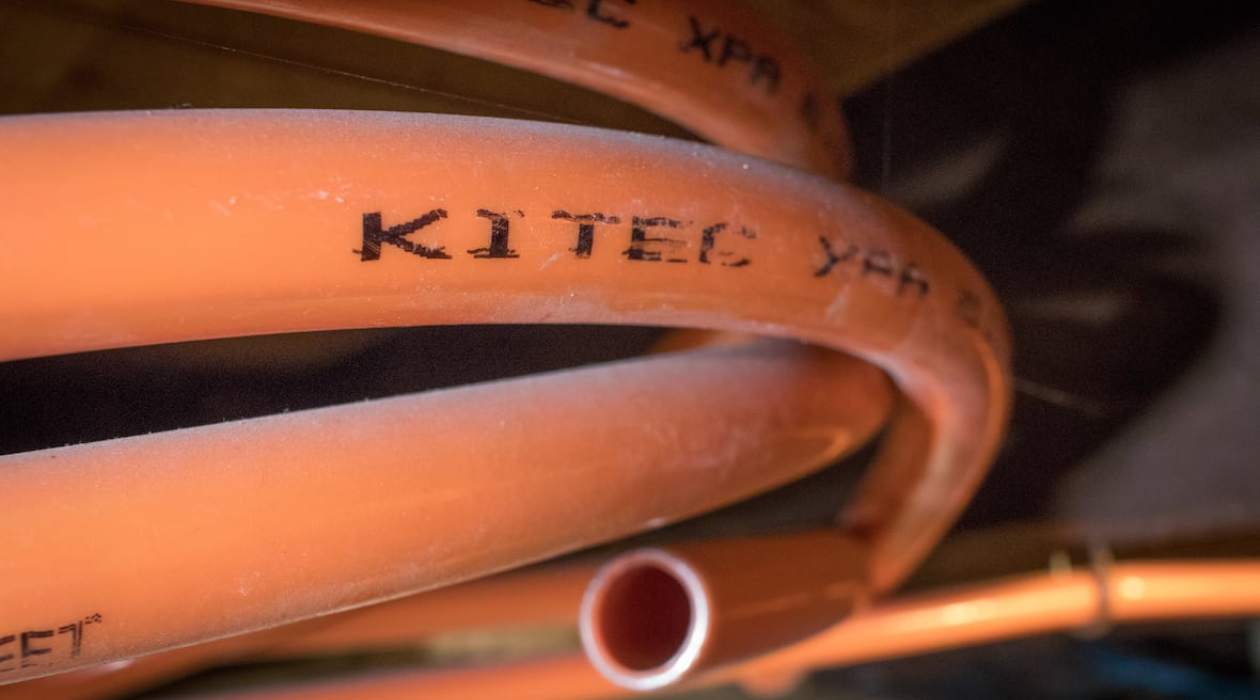
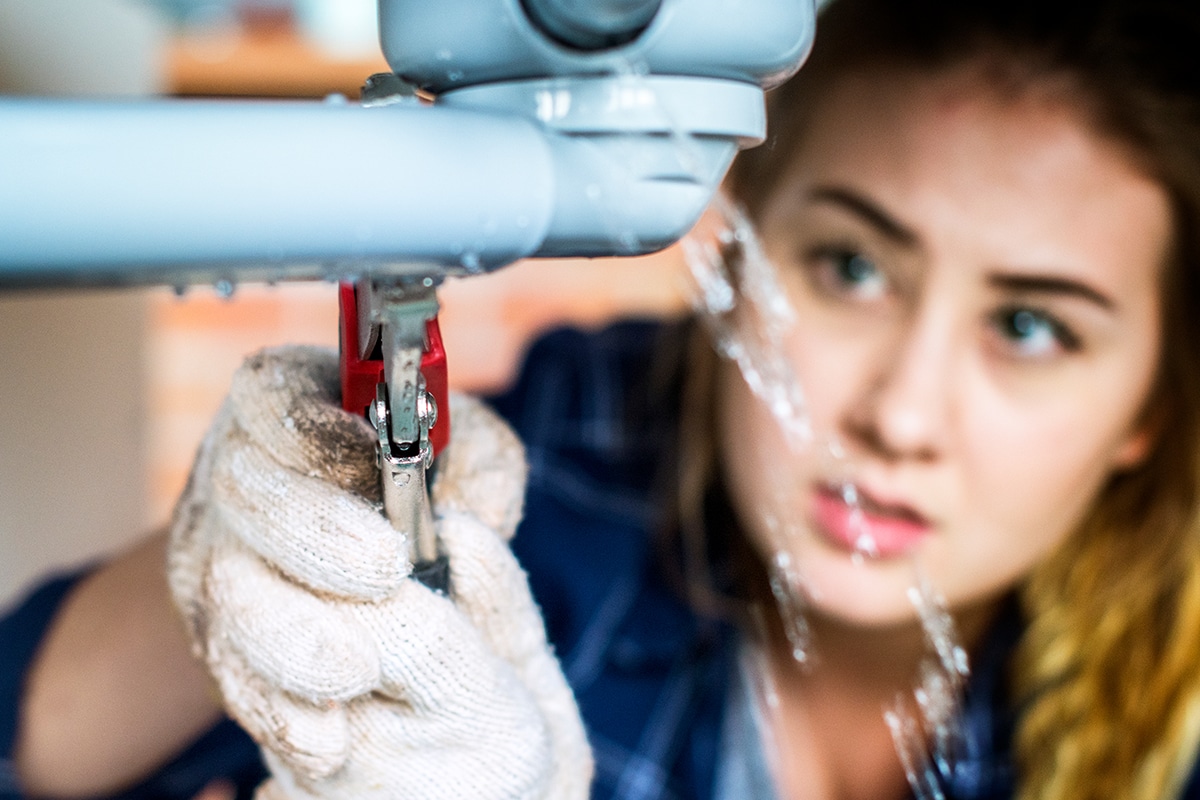
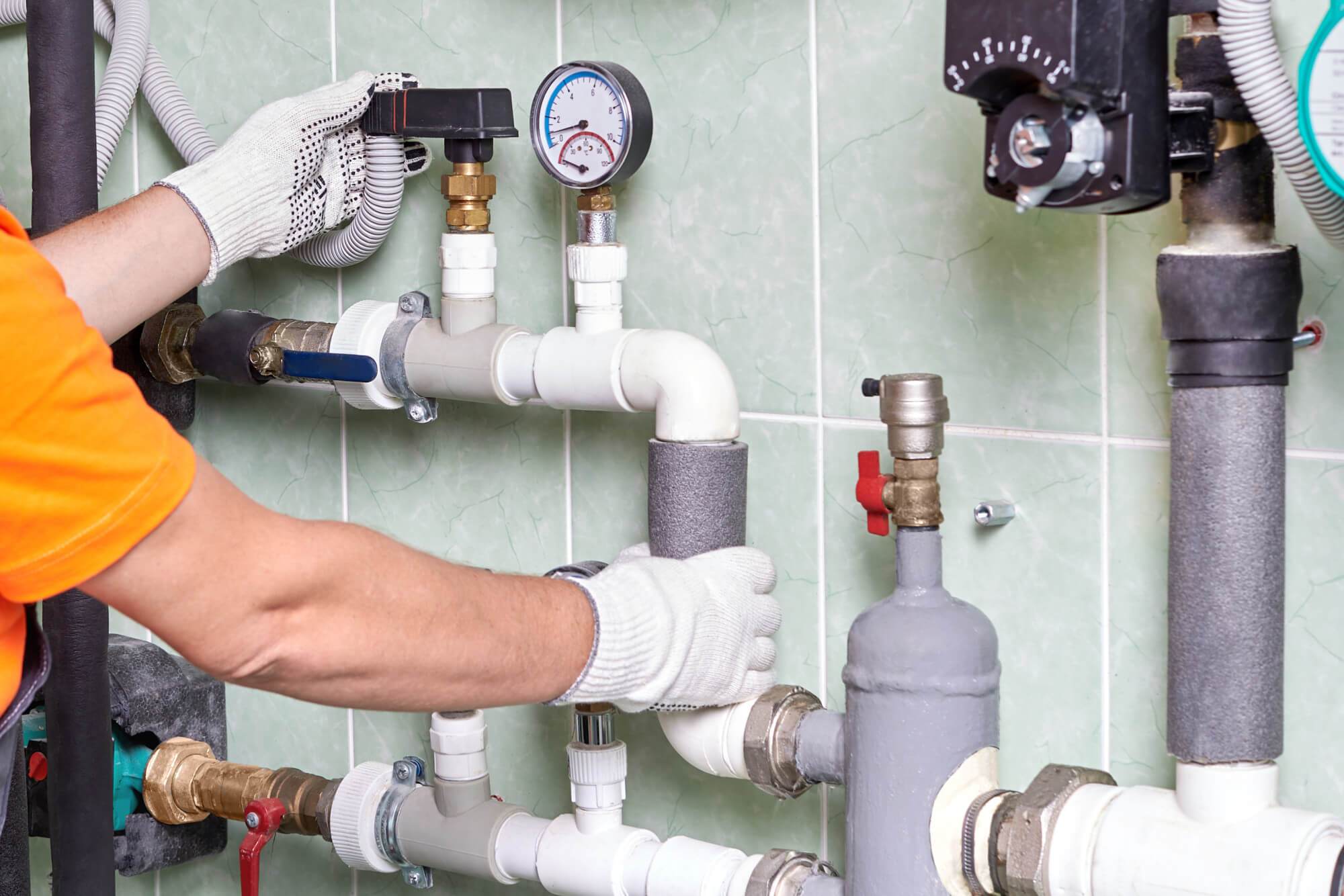
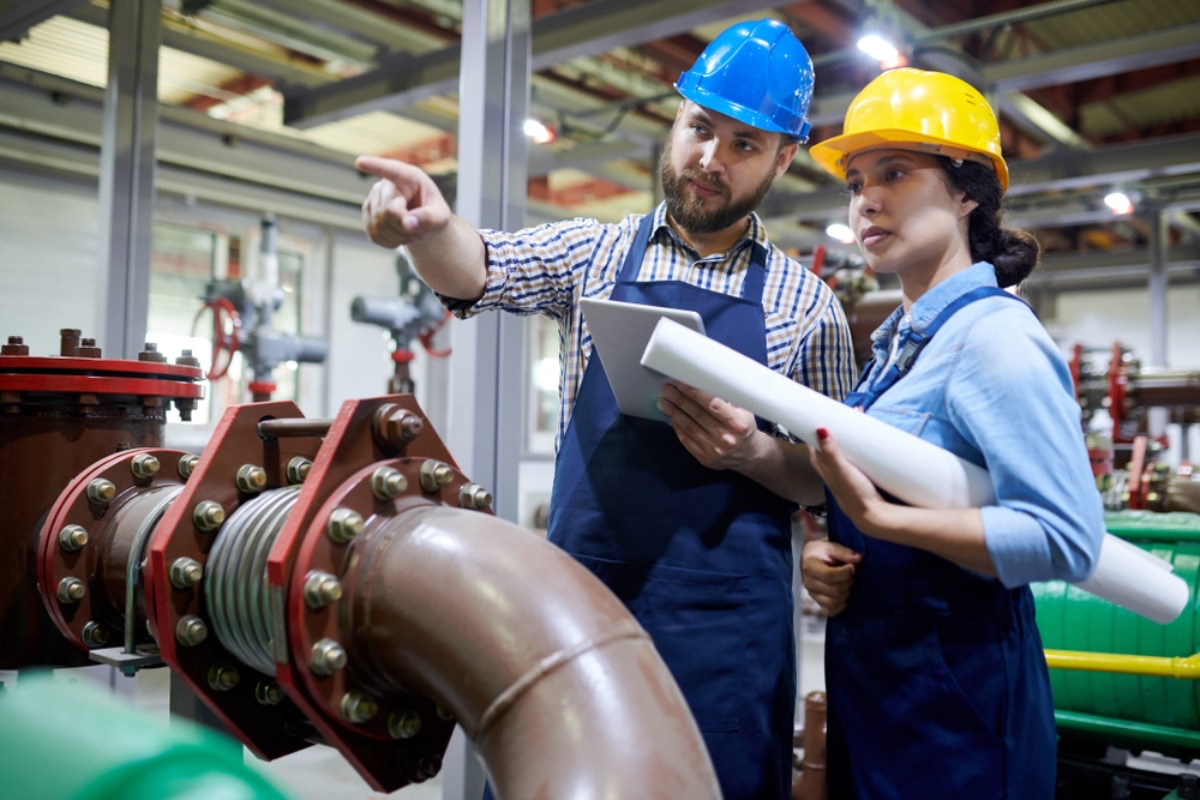

0 thoughts on “What Is A Plumbing Air Gap”